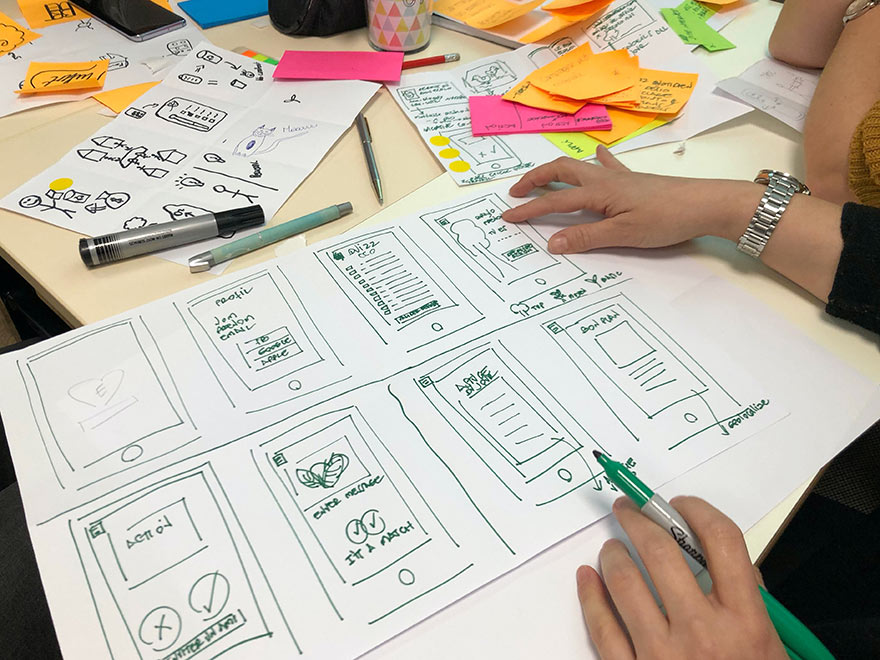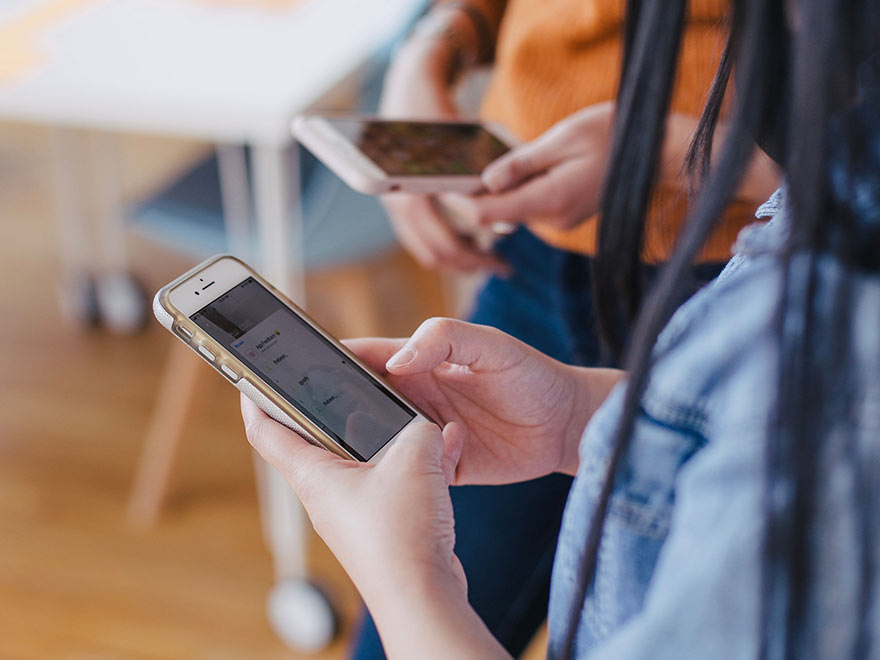UX Research Services
Collecting rich data and insights from international users about your product or service is crucial to inform the design and development process and build better experiences that meet the needs of the local audience.
The best method for your project needs
Depending on the stage you are in the design process and the market you want to test, our members will help you choose which is the ideal qualitative or quantitative method to uncover useful insights about local users and their needs. All members have the equipment and tools necessary to facilitate all kinds of usability research, in-person or remotely. After conducting research and analysing all data gathered, they deliver a detailed report with actionable recommendations.
-
Focus Groups
Getting a group of representative users together to collect valuable insights about their opinions, behaviours, preferences and attitudes about a specific product, issue or topic. A facilitator makes sure the group discussion stays on track and everyone contributes with their thoughts. Running focus groups is a useful method to conduct market research and helps to provide direction in the product development process.
-
Requirements Analysis
Finding out what users and stakeholders need and want from the product from both a design and business perspective. Gathering, defining and prioritising requirements before starting the actual design will avoid the time and money needed to redesign and guarantee the delivery of a good user experience.
-
Prototype and Concept Testing
Before spending a lot of money building a complete product or service only to end up finding out it doesn’t work, prototyping and validating ideas with real insights will make sure the product meets the users’ expectations, reduce the risk of failure and avoid a low ROI.
-

-
Eye Tracking
Eye tracking lets us know exactly where users are looking when using a website or an app, providing insights into their sub-conscious movements and a deeper understanding of behavioural patterns. Eye tracking devices can help to identify usability glitches like elements that users are not looking at or that are distracting them, and how they accomplish their goals.
-
Ethnographic Studies and Contextual Inquiry
Observing users in their own work, home or leisure environment is a great way to identify and understand how they interact with a product or service. Whether by doing a more passive observation or asking questions while observing users, ethnographic research allows to spot possible challenges and barriers, and understand how that affects usage.
-
Card Sorting
If you need to figure out your website’s navigation, card sorting exercises done individually or in group are a useful method to get insights to better structure the information of a website. While in closed card-sort, people are asked to categorise a set of terms into pre-defined groups, in open card-sort they suggest a name for each group. These exercises can also be performed online by taking advantage of card sorting software.
-
Surveys
Surveys are the ideal method when you need quantitive data. A set of questions is carefully written to collect information and assess preferences, attitudes, characteristics and opinions from a representative sample on a given topic. Although surveys can be distributed in-person, surveys delivered through an online survey platform or a survey panel can be more effective and results easier to analyse.
-

-
Remote Usability Testing
If users are in a different city or country it might be more cost-effective to run usability tests in an online setting. The use of remote user testing software and tools, like video conferencing and screen-sharing, will allow the researcher to see exactly how users perform tasks and ask them follow-up questions. Such tools also allow to run unmoderated usability testing where participants complete a given set of tasks without interacting with the researcher. UX testing helps us to get rich insights about the use of the product or service.
-
User Interviews
Having one-on-one interviews is a great method to get users’ feedback and perceptions of the design of a product or service. A well-thought interview script that includes questions about what they think about the content, what they feel is the most important on the site or if they have any ideas to improve it can inform and lead to a better design solution.
-
Usability Testing
By asking real-life users to interact and perform a series of tasks in a website, an app or any other product we can learn from their feedback, evaluate ease-of-use and uncover opportunities to improve. We can handle the recruitment of participants to match your screener and run user testing sessions in dedicated UX labs equipped with everything to capture users insights, from eye-tracking technology to a multiple camera setup and mobile and desktop devices.








